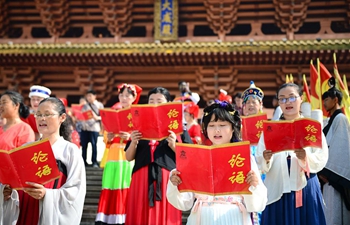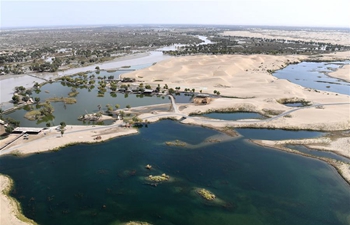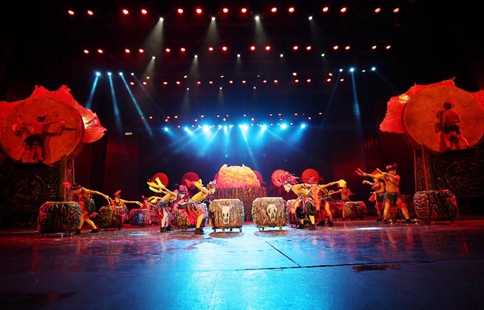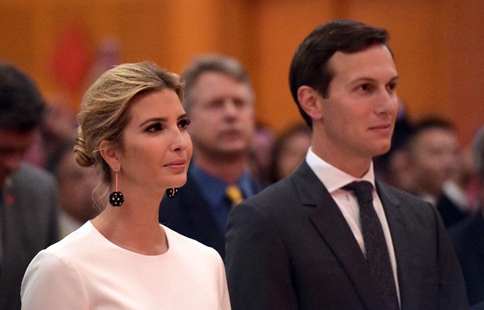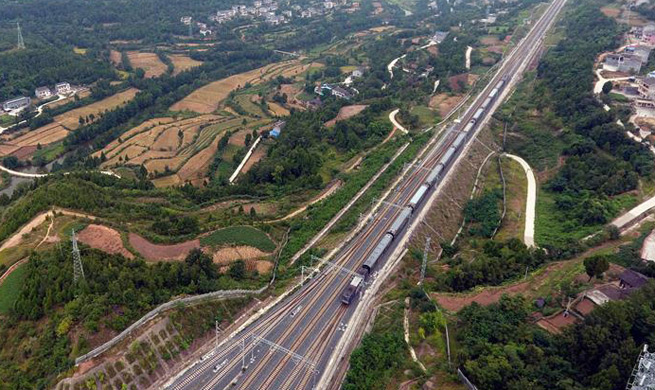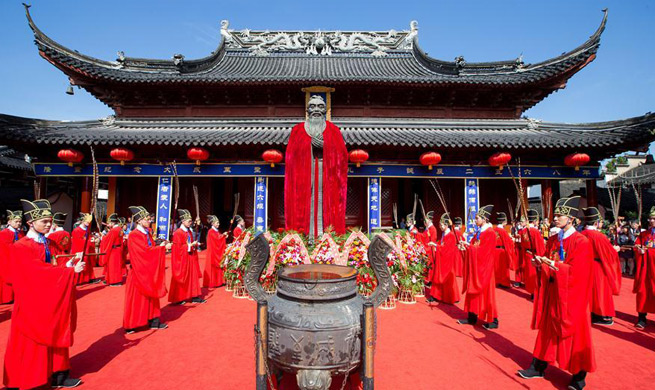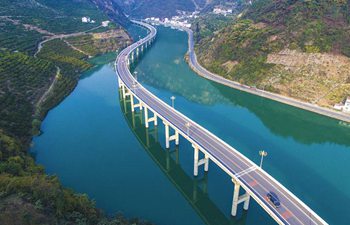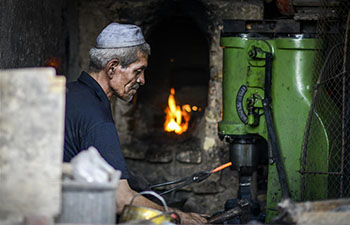SEOUL, Sept. 28 (Xinhua) -- South Korea's military on Thursday showed off massive strategic weapons at an event to celebrate the 69th anniversary of Armed Forces Day amid rising tensions on the Korean Peninsula.
Key strategic weapons, including homegrown ballistic missiles, were displayed at the celebration function that was broadcast live and held at the headquarters of the Navy's Second Fleet in Pyeongtaek, 70 km south of Seoul.
President Moon Jae-in and Defense Minister Song Young-moo inspected core military assets of the so-called "three-axis" defense platform, including the Kill Chain, the Korean Air and Missile Defense (KAMD) and the Korea Massive Punishment and Retaliation (KMPR).
The country's indigenous Hyunmoo ballistic missiles were on display. Among them, the Hyunmoo-2C missiles were made public for the first time at the ceremony.
Hyunmoo ballistic missiles involve Hyunmoo-2A and Hyunmoo-2B which have a range of 300 km and 500 km each as well as Hyunmoo-2C that can fly as far as 800 km and hit the entire territory of the Democratic People's Republic of Korea (DPRK).
Also on display was Hyunmoo-3 cruise missiles that can travel as far as 1,000 km and has a high striking precision, though it has less destructive power than Hyunmoo-2 ballistic missiles.
Strategic weapons shown at the ceremony included Taurus air-to-ground missiles that have a range of 500 km and can be loaded onto the country's F-15K fighter jets.
Core military assets of South Korea's own missile defense (MD) system were disclosed, including PAC-2 interceptors and its homegrown medium-range surface-to-air missiles (M-SAM).
The KAMD is a project to develop its indigenous MD system to intercept incoming DPRK missiles at multiple layers. It includes the development of interceptors such as M-SAM and long-range surface-to-air missiles (L-SAM) that can intercept missiles at an altitude of less than 100 km.
The Kill Chain is designed to preemptively strike the DPRK's missile launch sites when any sign of the first strike is spotted. The KMPR is a project to preemptively strike the DPRK's leadership and headquarters with massive missile attacks when Pyongyang's first strike sign is detected.
President Moon said in his speech to the ceremony that his government aimed to regain its wartime operational control of South Korean forces from the United States, noting that the early transfer would make the military's capability leap forward.
He said the DPRK will be scared of the South Korean military when it has the wartime command of its own troops.
South Korea handed over its operational command to the U.S. forces after the three-year Korean War broke out in 1950. The country won back its peacetime operational control in 1994.
To strengthen its standalone defense capability, Moon said the military should make all-out efforts to rapidly build the "three-axis" defense platform.
Moon said top priority should be put on securing defense capability against the DPRK's nuclear and missile threats, stressing that peace cannot be made and kept without strong defense capability.
The president, however, reiterated his stance that the Korean Peninsula's nuclear issue should be resolved peacefully.
"What we pursue is peace and prosperity on the Korean Peninsula for sure," said Moon who described it an absolute obligation of the president defined in the country's constitution.
Moon said there would not be more precious value than peace to the South Korean people who experienced the horrors of the fratricidal war, adding that nobody could defeat South Koreans' resolve on peace though a security crisis was escalated more than ever on the peninsula.
Tensions ran high on the Korean Peninsula as the DPRK conducted its sixth and most powerful nuclear test on Sept. 3. It was followed by its test launch of an intermediate-range ballistic missile (IRBM) over Japan in response to the UN Security Council's unanimous adoption of a new resolution toughening sanctions on Pyongyang.
The war of rhetoric was resumed between Pyongyang and Washington after U.S. President Donald Trump warned Pyongyang of a total destruction if the Asian country continues to threaten the United States and its allies.
In response, top DPRK leader Kim Jong Un issued a rare statement, which warned Washington of the highest-level hardline countermeasure in history.
During the Armed Forces Day ceremony, fighter jets flew over the venue, and special forces made a parachute jump.
It marked the first time that the Armed Forces Day event was celebrated at a naval base as it was usually held at a military complex in the country's central region. The Armed Forces Day originally falls on Oct. 1, but the event was brought forward ahead of the Chueseok holiday next week.
The venue was reportedly picked to show South Korea's resolve to sternly deal with the DPRK's possible provocations.
The Second Fleet is in charge of defending the country's western waters close to the Northern Limit Line (NLL), the de-facto inter-Korean maritime border where naval skirmishes took place several times between the two Koreas.
The DPRK has never accepted the NLL as it was unilaterally drawn by the U.S. side during the 1950-53 Korean War.






